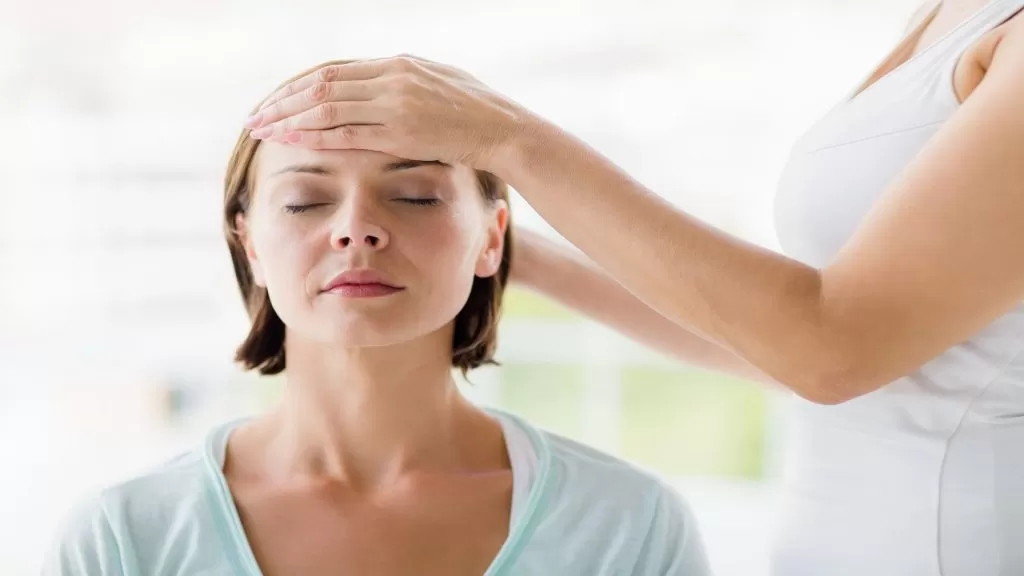Are you tired of your migraines and headaches? Physical therapy offers a promising avenue for relief. Living with the relentless discomfort and disruption caused by migraines and headaches can be debilitating. However, there is hope. Physical therapy techniques have shown significant efficacy in alleviating the frequency and severity of these painful episodes. If you’re seeking a natural and holistic approach to managing your condition, Physical Therapy for migraines & headaches could be the solution you’ve been searching for.
Migraines and headaches are widespread neurological disorders affecting a significant portion of the global population. Migraines, characterized by intense throbbing pain, often accompanied by other symptoms such as nausea and sensitivity to light and sound, impact around 1 billion people worldwide. Headaches, including tension-type headaches and cluster headaches, are also prevalent, with billions of individuals experiencing them at some point in their lives.
These conditions can significantly diminish quality of life, impair daily functioning and productivity, and may lead to substantial healthcare costs and socioeconomic burdens.
Differentiation between headache & migraine
Migraines and headaches are both types of head pain, but they have distinct characteristics. A headache is a broad term encompassing any discomfort or pain in the head, scalp, or neck region. It can range from mild to severe and may occur on one or both sides of the head.
On the other hand, migraines are a specific type of headache characterized by intense throbbing or pulsing pain, usually on one side of the head. Migraines often come with other symptoms, such as nausea, vomiting, and sensitivity to light and sound. Unlike regular headaches, migraines can last hours to days and significantly impair daily functioning.
Common Triggers and Symptoms
-
Triggers
Migraines:
Common triggers for migraines include hormonal changes, certain foods (such as aged cheeses, chocolate, and processed meats), environmental factors (like solid odors or bright lights), stress, changes in sleep patterns, and certain medications.
Headaches:
Headaches can be triggered by various factors such as stress, poor posture, muscle tension, dehydration, caffeine withdrawal, alcohol consumption, and certain foods.
Symptoms
Migraines:
Symptoms of migraines often include severe throbbing or pulsating pain, typically on one side of the head, nausea, vomiting, sensitivity to light, sound, or smells, aura (visual disturbances like flashes of light or blind spots), and in some cases, tingling or numbness in the face or extremities.
Headaches:
Common symptoms of headaches include dull, aching pain in the head, pressure or tightness around the forehead or temples, scalp tenderness, and mild sensitivity to light or noise.
Impact on Daily Life and Productivity
Migraines and headaches can both have a significant impact on daily life and productivity:
Migraines:
Due to their severe and debilitating nature, migraines can disrupt daily activities such as work, school, and social engagements. Individuals experiencing migraines may find concentrating, performing tasks, or engaging in routine activities challenging. The need to rest in a dark, quiet room during a migraine attack can result in missed workdays and decreased productivity.
Headaches:
While generally less severe than migraines, headaches can cause discomfort and affect productivity. Mild to moderate headaches may result in difficulty focusing, irritability, and reduced efficiency in completing tasks. Chronic headaches can also lead to absenteeism and decreased quality of life if not effectively managed.
Procedure of Physical Therapy for headaches & migraines
Physical therapy for migraines & headaches typically involves a comprehensive approach aimed at reducing pain, improving function, and preventing future occurrences. Here’s a general procedure that may be followed:
-
Initial Assessment
- The physical therapist will thoroughly evaluate the patient’s medical history, including past headaches or migraines, any relevant injuries, and current symptoms.
- They will assess posture, muscle strength, flexibility, and range of motion in the neck, shoulders, and upper back.
- The therapist may also evaluate factors such as stress levels, sleep patterns, and ergonomic factors that could contribute to headaches.
-
Education
- The therapist will educate the patient about headache triggers, lifestyle modifications, and relaxation techniques.
- They may guide proper posture, ergonomics at work or home, and stress management strategies.
-
Manual Therapy
- Techniques such as massage, joint mobilization, and soft tissue mobilization may reduce muscle tension and improve neck and upper back circulation.
- Manual therapy can help alleviate pain and improve the range of motion in stiff or restricted areas.
-
Therapeutic Exercise
- Specific exercises will be prescribed to improve strength, flexibility, and posture.
- Exercises may focus on strengthening the muscles that support the neck and upper back, improving flexibility in tight muscles, and correcting muscle imbalances.
- Aerobic exercise like walking or swimming may also be recommended to improve overall fitness and reduce stress.
-
Follow-up and Progress Monitoring
- Regular follow-up appointments will be scheduled to monitor progress and make any necessary adjustments to the treatment plan.
- The therapist will work closely with the patient to identify and address any barriers to recovery and ensure ongoing success in managing headaches and migraines.
Conclusion
Physical Therapy offers a promising approach to managing migraines and headaches, providing a non-invasive alternative or complement to medication-based treatments. Through targeted exercises, manual therapy, and education on posture and ergonomics, physical therapists can address underlying musculoskeletal issues, tension, and stress contributing to headache disorders. This holistic approach aims to alleviate immediate symptoms and empower individuals with long-term strategies for prevention and self-management.
Tags: headaches, Physical Therapy for migraines & headaches, Physical Therapy for headaches



